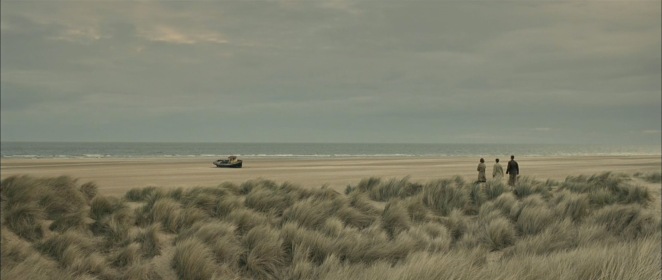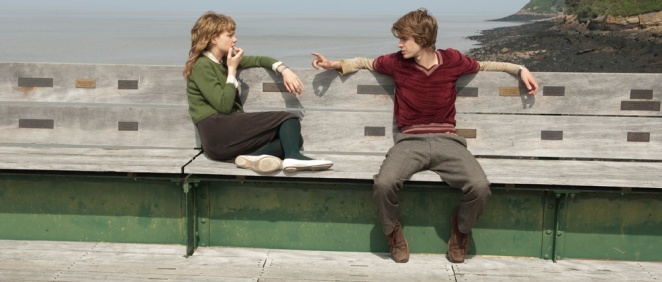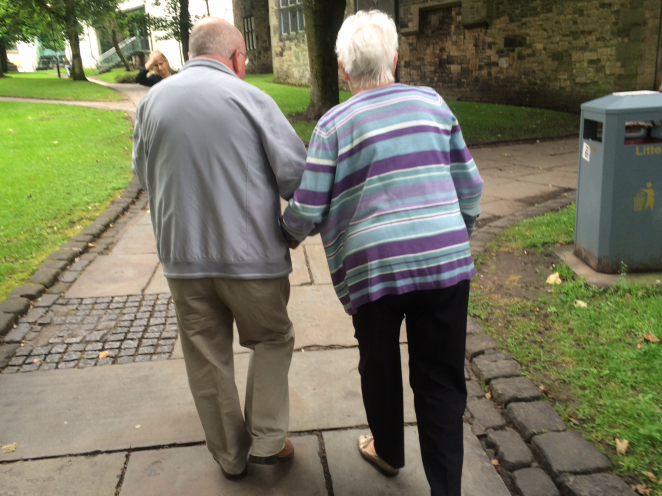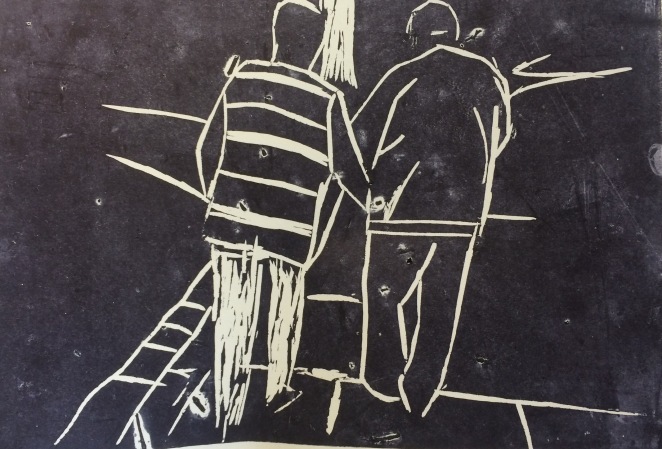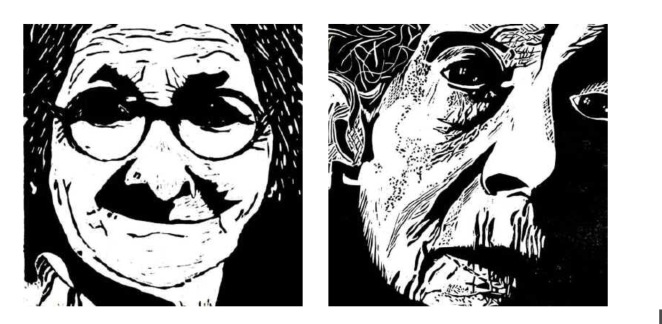We were given some inspiration from a Pintrest board, which Kim and Jo had put together, before we continued to roll out our slabs into a pot. As you can see in the images below; the finished result from my first attempt at creating a slab pot. Overall, I am happy with this piece however I did think that if I was to make another, it would need to look more cleaner -cut.
After finishing my slab pot, which is set to be fired in the kiln, we went to the photography room, where we learnt about the setup of a 10×8 camera, before having a go at capturing some portraits.
To capture the perfect image, we had to get the light intensity right so that the image would show up properly, when we developed it. Shaun decided that we should use two spotlights, positioned at either side of the camera. After some experimentation, we found that the best exposure time was eight seconds.

Above;: Nathan is positioned on the stool and Shaun is focusing the Camera for when he opens the lens for the light to hit the paper.
After we had opened the lens to let the light into the camera, we took the photos to the dark room, where we put them into a developing solution for three minutes before putting the image into a different type of developer for one minute. After the image had fully developed, we took the image and put it into the fixer for five minutes, so that when it is released into the light, it wouldn’t react with the light and alter in colour. As you can see above, Lauren and myself had a go at creating a double exposure image, which turned out pretty well for a first attempt.
I personally really enjoyed the 10×8 workshop so much that I decided to come back the day after to carry out the workshop again and try and capture some more double exposure images, as I thought they looked really interesting.
Link to Pintrest Board
















 I was also drawn to this caricature, by George Cooke as I liked how the artist had decided to add a tiny body, which adds more humour to the piece.
I was also drawn to this caricature, by George Cooke as I liked how the artist had decided to add a tiny body, which adds more humour to the piece.




















